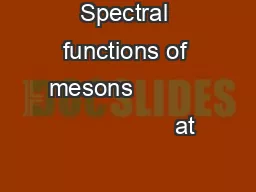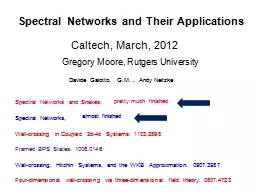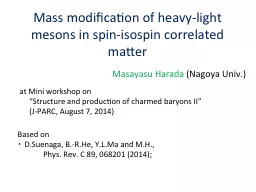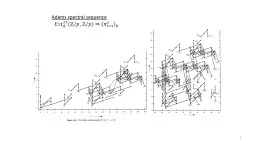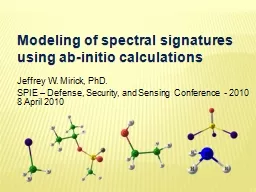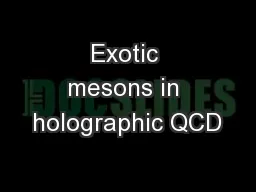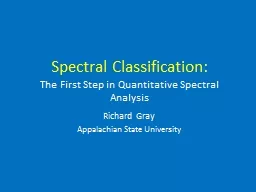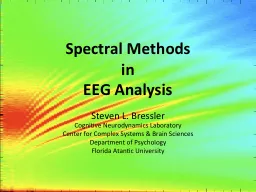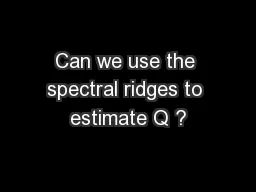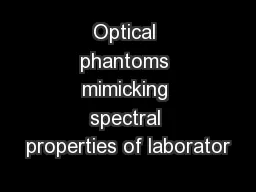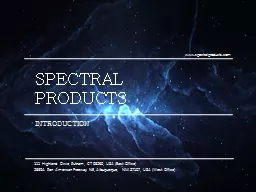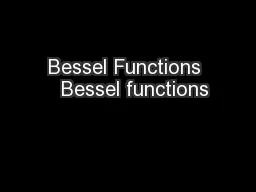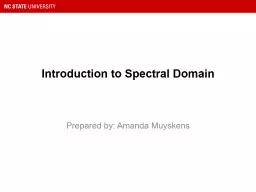PPT-Spectral functions of mesons at
Author : tawny-fly | Published Date : 2017-05-17
Talk at the 31 st Reimei workshop on hadron physics in extreme conditions at JPARC Tokai Japan 17 January 2016 P Gubler and K Ohtani Phys Rev D 90 094002 2014
Presentation Embed Code
Download Presentation
Download Presentation The PPT/PDF document "Spectral functions of mesons ..." is the property of its rightful owner. Permission is granted to download and print the materials on this website for personal, non-commercial use only, and to display it on your personal computer provided you do not modify the materials and that you retain all copyright notices contained in the materials. By downloading content from our website, you accept the terms of this agreement.
Spectral functions of mesons at: Transcript
Download Rules Of Document
"Spectral functions of mesons at"The content belongs to its owner. You may download and print it for personal use, without modification, and keep all copyright notices. By downloading, you agree to these terms.
Related Documents

